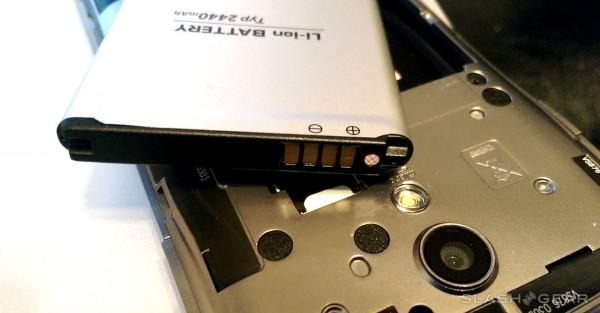Smartphone Battery "Holy Grail" May Double Life In Near Future
This week the folks behind a paper published in Nature Nanotechnology have suggested they've stabilized the "holy grail" of batteries. Standard batteries for smartphones and tablets today use Lithium Ion battery packs while this new conglomeration will bring on the age of the lithium anode. What's that mean for your smartphone? Great things!
The basics of a battery show how a lithium ion unit works today. Three parts, three different components. As efficient as we've seen thus far, but not reaching the top potential for battery life.
Anode for Electron Discharge (out)
Cathode for Electron Receiving (back in)
Electrolyte for containing positively charged lithium ions
Lithium in a lithium ion battery exists in the electrolyte. In the next generation of battery, we'll have lithium in the anode as well. Previous attempts at this have resulted in batteries that degrade extremely quickly because of high chemical reactivity between lithium anodes and the electrolyte.
NOTE: The research paper behind this research goes by the name "Interconnected hollow carbon nano spheres for stable lithium metal anodes" and can be found at Nature Technology.
This new solution has a protective layer of interconnected carbon domes on top of the lithium anode. The Stanford team responsible for these experiments and the paper have created a this layer, just 20 nanometers thick, to protect against harmful chemical reactions.

ABOVE: Here you'll see the connectors on a standard Lithium-Ion smartphone battery. Implications in this study don't only mean big things for smartphones, but for electric vehicles as well.
If this experiment proves to be mass-production-worthy, we could have batteries with far longer life. A smartphone with "double or triple the battery life" is not outside of the realm of possibility, so says Steven Chu, the former U.S. Secretary of Energy, member of the research team behind this project.
When will these batteries be available to the public? Probably not inside this year. Having just discovered the combination that MAY result in market-ready batteries like these just now means that we may be a few years out. Keep and eye out – until then, save your batteries and keep plugging away.
VIA: Android Community
